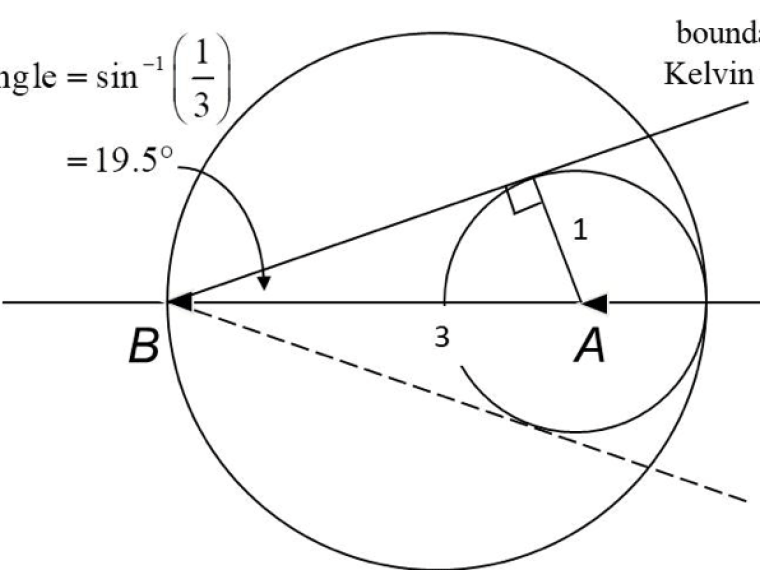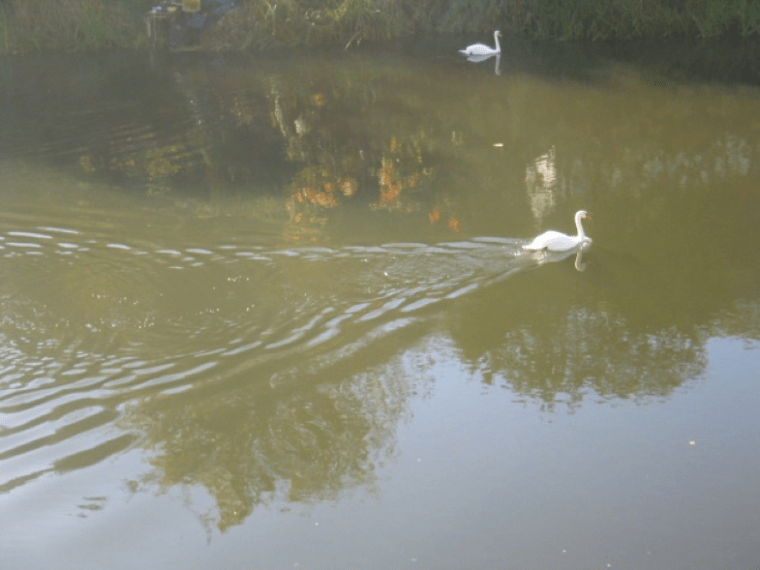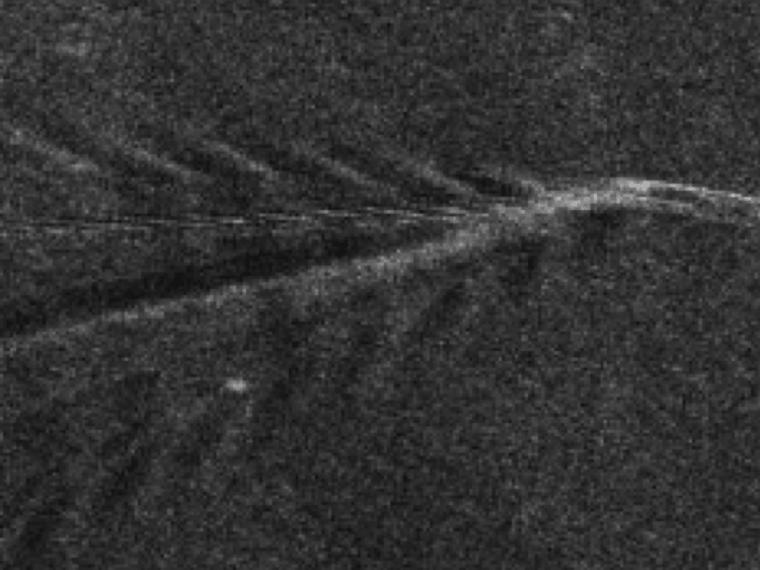The History Column: Lord Kelvin and the Kelvin Wake
William Thomson, Lord Kelvin, was a British physicist born in Belfast, Northern Ireland in 1824. He spent his entire career as a Professor of Natural Philosophy at the University of Glasgow.

He is best known for his work on thermodynamics, in which he established the concept of absolute zero and absolute scale of temperature, the unit of which bears his name.
He was knighted in 1866, and ennobled in 1892, as Baron Kelvin of Largs (the River Kelvin flows through Glasgow, close to the University of Glasgow). He served as President of the Royal Society from 1890-1895, and died in 1907.
He is also known for his work on the physics of ship wakes. There are various components of ship wakes, but the most obvious is the Kelvin wake, which forms a wedge-shaped feature behind the ship. Perhaps surprisingly, the angle of the wake is constant, and does not depend on the ship speed nor on the ship type.

The geometry is shown in the diagram below. The bow of the ship creates a disturbance, which expands spherically at the group velocity. When the ship bow has reached point B, the disturbance that was created at point A has expanded to the extent of the smaller circle in the diagram. The velocity of the ship and the group velocity of the disturbance are such that the lengths of the hypotenuse and opposite side of the triangle are in the ratio 3 to 1, and so the semi-angle at B is sin-1 (1/3), which is approximately 19.5 degrees. The total angle of the boundary of the wedge is therefore approximately 2 × 19.5 = 39 degrees. A more detailed derivation of this result is given in James Lighthill’s classic book Waves in Fluids.


The Kelvin wake may also be visible in Synthetic Aperture Radar images of ships, and in some cases this may be more evident than the ship itself. It is possible to use image processing techniques such as the Radon Transform or Hough Transform to find such features automatically.

Further information may be found in Lighthill, M.J., Waves in Fluids, p269ff, Cambridge University Press, 1978.
Authored by Hugh Griffiths
University College London

